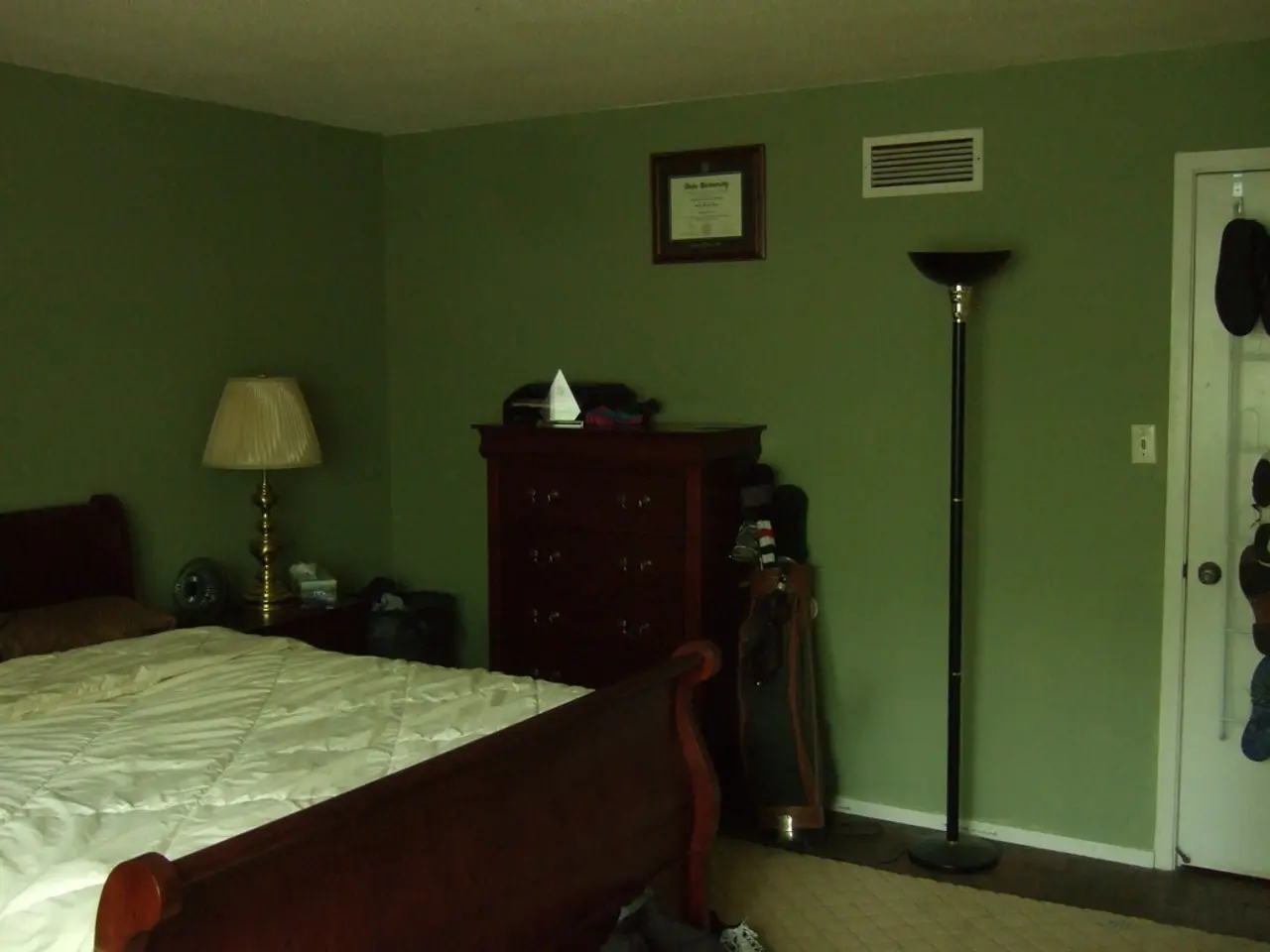Grainger: Property Owner with Prospects for Growth - Worthy Investment Opportunity
The purpose-built rental homes market in the UK, including Build to Rent (BTR) and purpose-built student accommodation (PBSA), is currently active but faces moderate challenges. A mixed outlook shapes this sector, with strong demand and structural supply constraints shaping its future.
Investment in the BTR sector surpassed £2.2 billion in the first half of 2025, marking a significant milestone as pipeline homes exceeded 300,000 units, indicating ongoing expansion. Nearly 59% of UK local authorities have at least one BTR scheme operational or in progress, reflecting BTR’s growing role in housing delivery.
However, rent growth in the BTR sector and PBSA is showing signs of moderation. PBSA rents increased 2.1% in H1 2025, a deceleration from 4.4% growth the previous year. Meanwhile, rental yield averages around 6.9% across the UK rental sector early 2025, with specialist corporate and institutional investors replacing many individual landlords.
Investment in PBSA remained strong, reaching £830 million in Q2 2025, with total H1 investment about £1.6 billion. This strong investment is driven by full in-person attendance, student number growth, and persistent undersupply in many cities.
Despite continued demand, there are headwinds such as higher construction and debt costs, planning delays, new building safety regulations, and regulatory changes pushing some landlords out, which challenge future supply growth.
The broader living sector investment in 2025 is projected to be slightly lower than 2024, with a 7% drop expected after a 30% decline in H1 2025 compared to H1 2024. This reflects broader economic factors and affordability constraints on tenants.
One key player in the market is Grainger Plc, a major UK residential landlord and build-to-rent operator. Grainger added 1,236 new homes to its portfolio during the year, and the cost savings from the shift to a Real Estate Investment Trust (Reit) could be worth up to £10 million for Grainger.
Grainger reported net rental income growth of 14% year on year for the year ending September 2024. The company's gross rental margin is 75%, with the remaining 25% reinvested back into the portfolio. Grainger pushed through lease renewal hikes of 6.8% during the period.
Grainger has the potential to acquire more assets as sub-scale operators move out of the BTR sector. As of the end of September 2024, there were 120,000 built-to-rent (BTR) homes in the UK, with an additional 150,000 in various stages of development. Grainger ended the financial year with an occupancy rate of 97.4%.
Grainger is trading at a discount of around 22% to its September Epra net tangible asset value (NAV) of 298p. The company's dividend was increased 14% to 7.6p in the last fiscal period. Analysts have forecasted a dividend yield on the current share price of 4.2% by 2026.
Grainger is forecasted to see mid- to high-single-digit earnings growth over the coming years, as well as substantial dividend growth. The Reit structure requires Grainger to distribute 90% of its rental property income to investors every year. In July 2024, Grainger acquired The Astley, a 135-home property in Manchester, for £31 million.
Like-for-like rental growth across Grainger's portfolio was 6.3% during the year. Grainger has surpassed the requirement of generating 75% of its income from property rental income to convert to a real estate investment trust (Reit). The shift to a Reit structure is expected to bring additional benefits to Grainger, including increased transparency and liquidity, and improved access to capital markets.
In summary, the UK purpose-built rental homes market is expanding, supported by demand fundamentals and government housing agenda commitments. However, investment growth is moderating due to economic pressures and regulatory burdens, impacting the pace at which large companies and investors can develop new rental housing. The sector’s structural undersupply and strong demand ensure it remains strategically important for future UK housing delivery, especially with a growing professionalized ownership base including firms like Grainger.
- Despite the continued expansion of the purpose-built rental homes market, including Build to Rent (BTR) and property investment, challenges such as higher construction and debt costs, planning delays, new building safety regulations, and regulatory changes are pushing some landlords out, potentially hindering future supply growth.
- With rental yield averaging around 6.9% across the UK rental sector early 2025, and specialist corporate and institutional investors increasingly replacing individual landlords, investing in property, particularly in the BTR sector, can offer attractive returns in the current financial landscape.
- Grainger Plc, a major UK residential landlord and build-to-rent operator, has the potential to acquire more assets as sub-scale operators move out of the BTR sector, making it a key player in the strategically important UK purpose-built rental homes market for future housing delivery.




